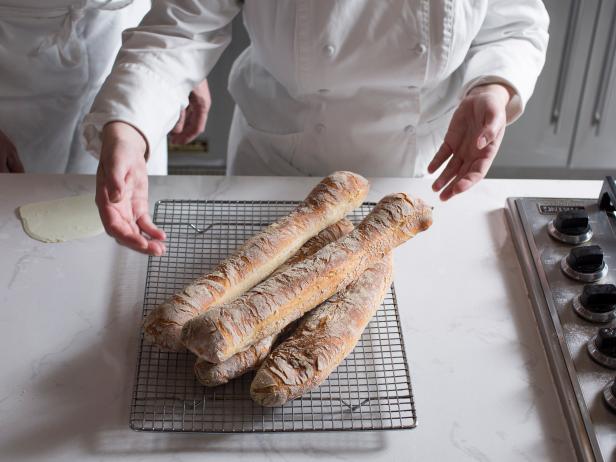The Ultimate Guide To Bread Baking 101 for Beginners - The Art of Manliness


The Ultimate Guide to Baking Bread at Home - Foodal
9 Easy Facts About The Secret to Baking Bread - Southern Living Shown
To be much more exact, if a specific brand name of kosher salt is required, then try to use that; crystal size and weight can differ depending upon the brand name. Salt hones and brightens the taste in baked products and assists prevent staleness. Go Here For the Details is water for blending (and not activating yeast).
Some dishes will require sparkling water, due to the fact that specific minerals in faucet water can have an unfavorable result on yeast fermentation. This is maybe the most-important component for the success of any loaf of bread. Take care not to rush the fermentation and proofing of dough. The longer the dough has to rest, the more flavorful it will be.
Top Guidelines Of Bread Baking Guide - How To Cooking Tips - RecipeTips.com
These are found in enriched breads like brioche and challah. Most dishes will call for saltless butter, large eggs and entire milk. These 3 can contribute to the hydration, tenderness, flavor and color of bread. Use a light hand when dusting your work surface area with flour; utilize a fast sideways flick of the wrist to produce a light powder coating.

Bread Baking at Home: Tips for the Perfect Crumb
Kneading integrates the flour and liquid active ingredients while assisting produce the gluten structure that develops the bread's final texture. Traditional kneading: This is performed in a mixer with a dough hook or by hand. Do not push so difficult that you tear the dough, or knead so long that the dough gets tight.

Not known Details About What Are the Health Benefits of Baking Your Own Bread?
Stretch-and-fold (shown above): This is the method of choice for many expert bakers and cookbook authors. The dough is first under-mixed into a shaggy mix, which rests and is then carefully enhanced, to develop gluten, with a series of stretches, folds and rests. No-knead: Pioneered (however not found) by Jim Lahey, a New York City-based baker and the owner of Sullivan Street Bakeshop, this method depends on a long, cold fermentation.
As your dough sits, all the action happens: yeast and friendly bacteria transform starches into sugars, producing flavor and producing the carbon dioxide that is accountable for the light and airy crumb (inside) of bread. When it's done proofing, your dough needs to look fuller and doubled in size. If it's tight and dense, let it proof longer; if it's airy and ready to collapse, then it's gone too far.
